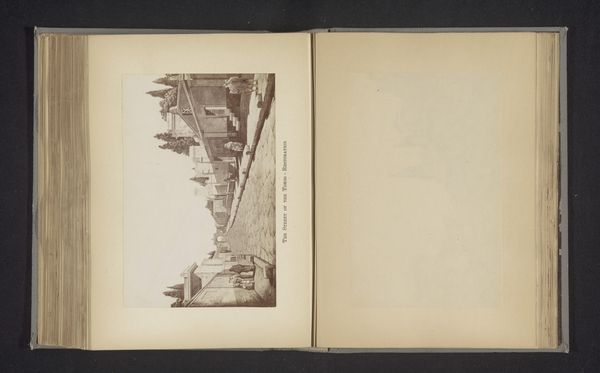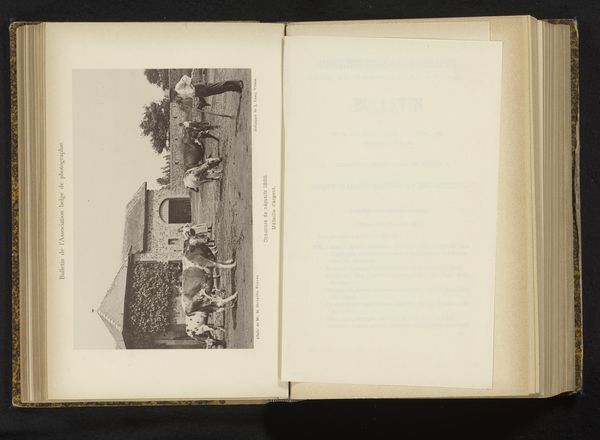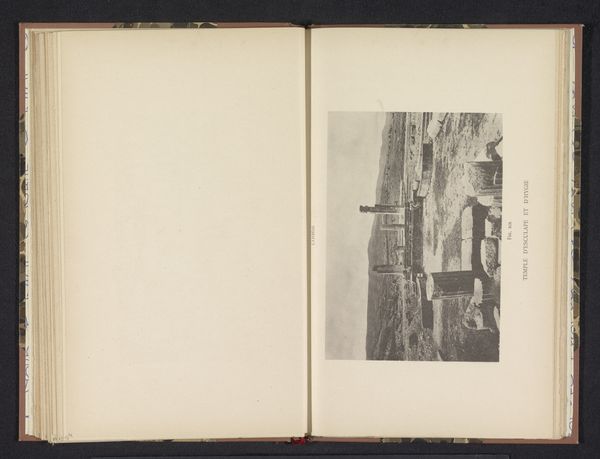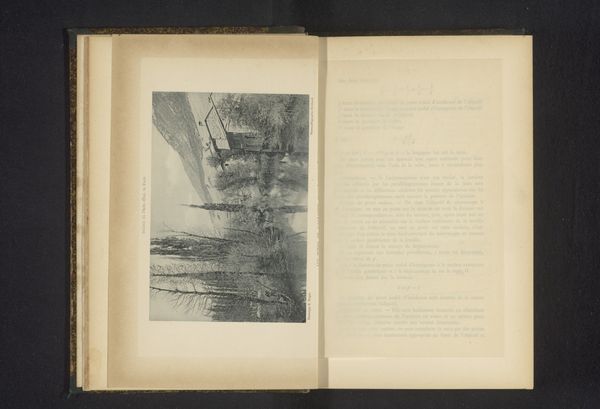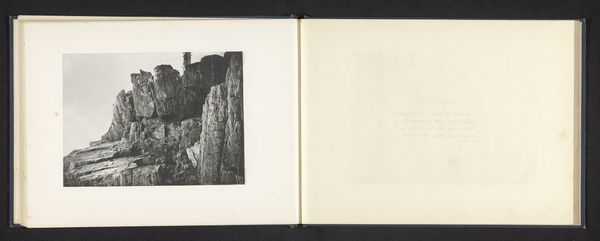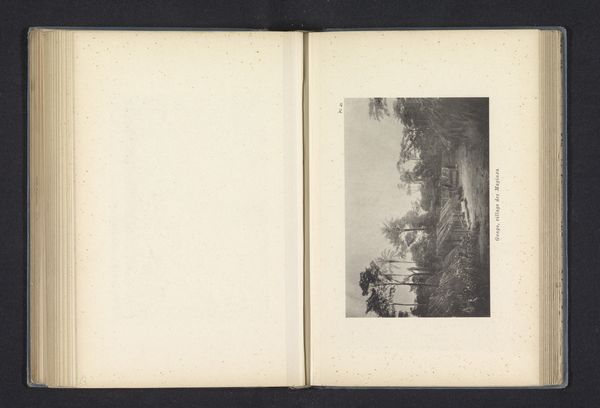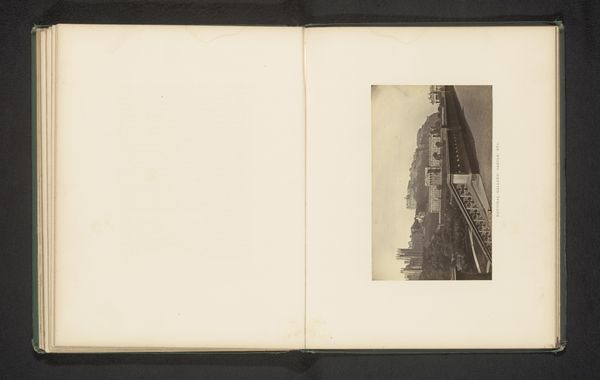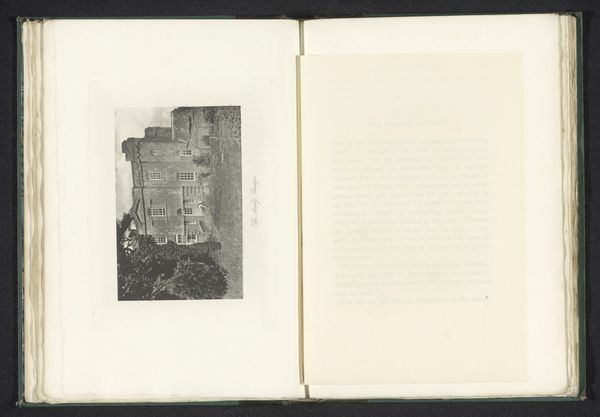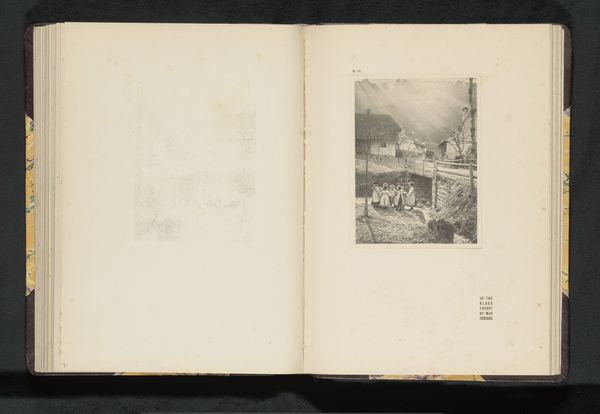
print, photography, gelatin-silver-print, albumen-print
# print
#
landscape
#
photography
#
arch
#
gelatin-silver-print
#
albumen-print
Dimensions: height 139 mm, width 190 mm
Copyright: Rijks Museum: Open Domain
Curator: We're looking at an albumen print, very likely a gelatin silver print, called "Kust bij vermoedelijk Maine, gezien door een boog," or "Coast, probably Maine, seen through an arch." We date it to before 1890, though the photographer is currently unknown. Editor: I'm immediately struck by this framed openness. The arch acts like a proscenium, inviting us to gaze upon this tranquil scene beyond. It's wistful, nostalgic, a little like looking back at a time that’s just slipped away. Curator: The composition certainly leverages that. Note how the texture of the stone arch in the foreground contrasts with the expansive, almost ethereal quality of the distant seascape. The photographer uses that contrast to highlight depth and spatial relations, creating a layered viewing experience. The structure's geometric form starkly offsets the landscape’s organic qualities, right? Editor: Absolutely! That stone has weight and age, a story etched in every crevice, versus the airy openness of what it frames. Makes me think about memory, how it distorts and beautifies the past even if what happened wasn’t that pretty, initially. Is it Maine? Is it a feeling? Or a poem from someone gone, who lived, died, and we imagine still thinks on these scenes. Curator: Precisely. The ambiguity of the location reinforces that feeling. It is "vermoedelijk", likely Maine, but the image itself emphasizes the idea of a constructed, or mediated, view, through the formal device. The photograph, itself an indexical signifier, points not just to a place, but to a mode of seeing. The placement of the trees offers another semiotic tool. Editor: Like the photographer is trying to keep the scene balanced? It is beautifully balanced. I love how this scene, held in stasis, triggers a little melancholia but then, equally, a quiet gratitude. As we look back, we also look to hold onto whatever beauty still remains now. Curator: I agree. Ultimately, it’s the success of that semiotic framing—arch, coast, ambiguous locale—that allows the work to resonate even today. Editor: Totally. I'd love to wander there for a moment!
Comments
No comments
Be the first to comment and join the conversation on the ultimate creative platform.
